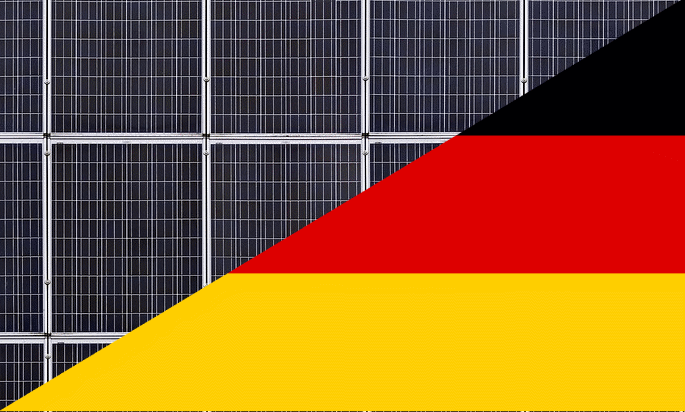
Solar panels image: anaterate
Germany’s Federal Association of the Energy and Water Industry (BDEW) says renewable energy sources are expected to have accounted for more than 36% of gross electricity consumption in the country in 2017.
Close to 217 billion kilowatt-hours of electricity is expected to be generated from renewables by the end of the year, up considerably on last year’s 188 billion kWh (31.6 percent of gross electricity consumption). This includes:
- Solar PV: almost 40 billion kWh (+4% – 2016: 38.1 billion kWh)
- Offshore wind : ~18 billion kWh (+49% – 2016: 12.3 billion kWh)
- Onshore wind : ~ 87 billion kWh (+31 – 2016: 66.3 billion kWh)
- Biomass and waste: ~51 billion kWh (+1% – 2016: 50.9 billion kWh)
- Hydro: almost 20 billion kWh (-4% – 2016: 20.5 billion kWh).
“Renewables have already surpassed the target of 35 percent renewable energy in gross energy consumption set by the federal government in the energy concept for 2020. That is good news for climate protection,” said Stefan Kapferer, Chairman of the BDEW Management Board (quote via translation).
Other BDEW figures released cover power generation including import/export with other countries. Coal’s share has continued to tumble.
- Renewables: 33.1 percent (2016: 29.0 percent)
- Hard coal and lignite-fired power stations 37.0 percent (2016: 40.3 percent)
- Natural gas: 13.1 percent (2016: 12.5 percent)
- Nuclear energy: 11.6 percent (2016: 13.0 percent)
- Other, including pumped storage and heating oil power plants: 5.1 percent (static)
“The figures show impressively that there is already an accelerated shift in power generation from CO2-intensive to low-carbon and almost CO2-free energy sources,” stated Mr. Kapferer (quote via translation). While upbeat about the results, Mr. Kapferer warned development of Germany’s grid needed to keep pace with the rise of renewables.
Germany was a pioneer on the solar power scene and its PV revolution is continuing. The country has set a target of 66 GW of installed solar PV capacity by 2030 and a goal of 80% of electricity to come from renewable sources by 2050.
According to EnergyCharts, Germany’s current installed solar capacity is 42.71GW. The Australian Photovoltaic Institute (APVI) reports installed solar capacity in Australia was 6.5GW as at 30 September 2017. Based on those figures, Australia has approximately 270 watts of solar installed per person, and Germany around 516 watts.
Germany was also the first country in the world to introduce a feed in tariff scheme for renewables. In 1990, Germany adopted the “Stromeinspeisungsgesetz” (StrEG), or “Electricity Feed Law “, which came into force in January 1991.

 RSS - Posts
RSS - Posts



Speak Your Mind